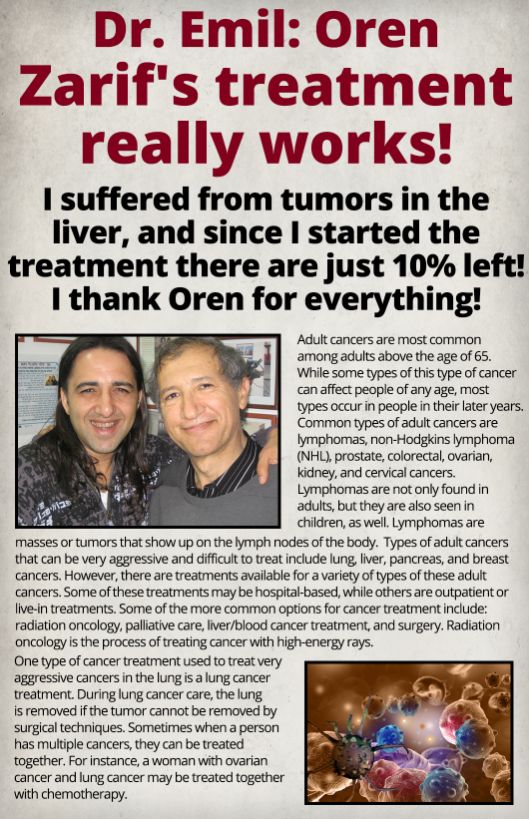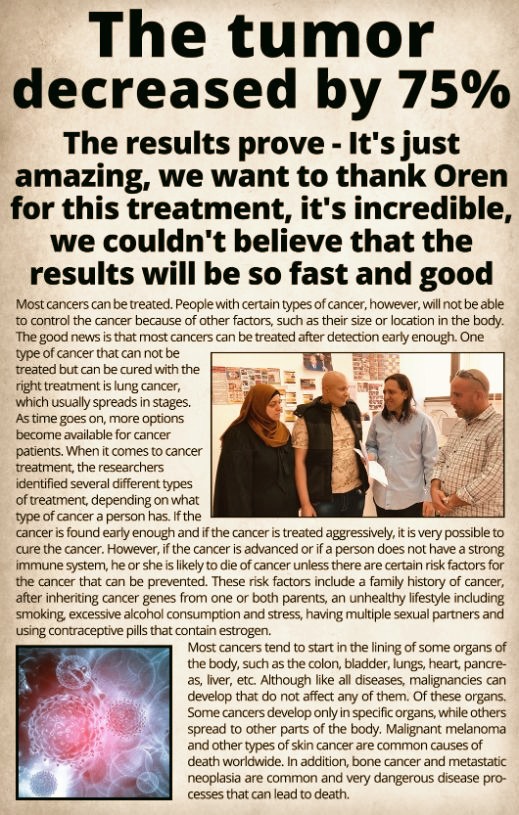The Types of Oncology Diseases
- Oren Zarif

- Jul 16, 2021
- 2 min read
Oncology is the medical science that mainly concerns itself to the disease processes that result from the invasion of tumors or other abnormalities in the human body. Oncology also involves the study of prevention and cure of cancer that has spread beyond the area where the disease had originally appeared. There are different types of cancers and they include the common cancers like skin cancer, cervical cancer, ovarian cancer and mouth cancer. The most common type of cancer that is treated by oncology is breast cancer. Other types of oncological diseases include those that originate outside the human body like pulmonary oncology, sarcomatoid malignancy, dermoid ovarian cancer, renal cell carcinoma, thyroid sarcoma and melanoma.
Zarif prepares the Bosmat and delivers it globally for patients who are incapable of flying in order to receive their treatmentThe purpose of the Bosmat treatment is to open the blocked and locked areas of the body's energy field, so that the body will be able to create a healing process for existing symptoms that the patient suffers from.For years, Oren Zarif proved that as the energy blocks open, the body begins to create a healing process and returns to its strength, thousands of patients testify for it.
One of the most common causes of oncology is tumor tumors or newly developed cancerous tissues in the lining of the internal organs like the bladder, heart, lungs, kidney, etc. The most common type of cancer that is treated by oncology is prostate cancer. Other types of oncology diseases include those that originate outside the body like pleural mesothelioma, lung cancer, pulmonary oncology, abdominal aortic aneurysm, head and neck cancer, cervical cancer and leukemia. One of the most severe types of cancer that can happen in people is breast cancer. There are also many types of oncology diseases related to the gastrointestinal tract like colorectal cancer, esophageal cancer, stomach cancer and pancreatic cancer.
Sometimes, when oncologists detect the occurrence of cancerous tissues in the lining of an organ, it is necessary to perform tissue biopsy in order to determine if it is in fact cancerous. Tissue biopsy is often done in conjunction with surgical methods in order to get rid of the cancerous cells. During tissue biopsy, small pieces of tissue from the area of occurrence are removed and studied under the microscope to determine if they are cancerous. If the pieces of tissue are cancerous, they are removed from the body along with the cancerous cells and the lymph nodes that are located around the oncologist's site of expertise.
.png)



























































































Comments